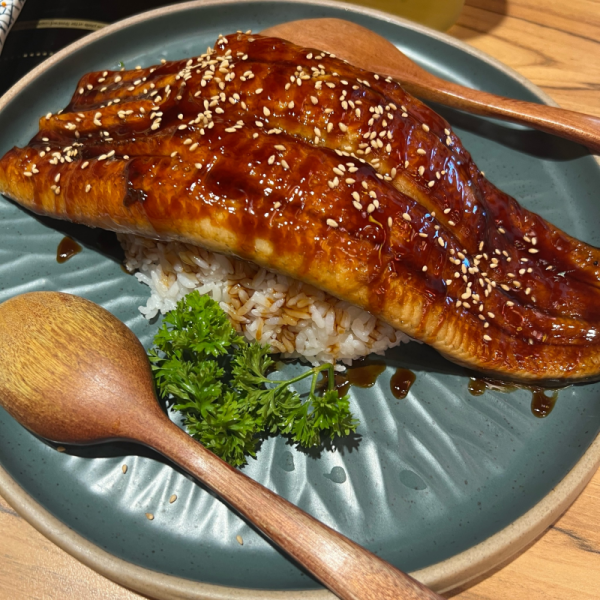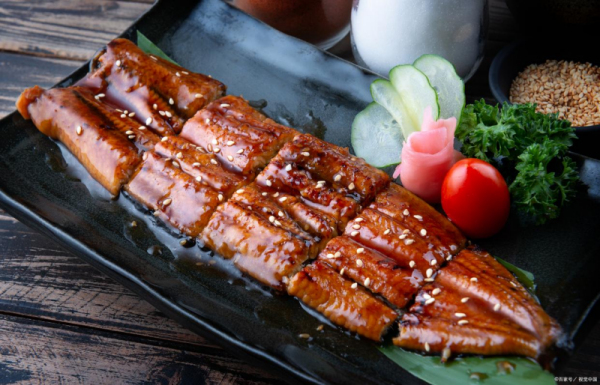Have you ever tried Roasted eel, a Japanese delicacy? If not, then you’re really missing out on a unique culinary experience. Roasted eel, as a common ingredient in Japanese cuisine, has become a favorite of many food lovers for its delicious taste and unique texture. In this article, I will explain the history, varieties, preparation methods, nutritional benefits and how to pair Roasted eel with drinks, so that you can get a deeper understanding of this Japanese delicacy, and also make you feel better the next time you try it.
As a food lover, I have tried a variety of eel dishes in Japan, whether it is eel rice, unagi, or Roasted eel, and each dish has given me a different feeling. Below, let’s take a look at the charm of this Japanese food!
Eel history and species
The Roasted eel is a brown freshwater fish, also known as the “sweet fish,” “snakefish,” or “water snake.” Its history in Japan dates back hundreds of years, and it has long been one of the most beloved ingredients in Japanese cuisine.
Common Roasted eel species include the Japanese eel, European eel, and American eel. Among them, the Japanese eel is the most famous species, because of its delicate meat, taste, delicious and highly respected. In Japan, eel is considered a premium ingredient and usually commands a premium price, but that hasn’t stopped the Japanese from loving it.
The way it is prepared matches the diet
The most common way to prepare eel is by roasting and steaming. Among them, the method of roasting is the most common, which usually requires the eel to be roasted until the surface is golden and crisp, and then cut into bite-sized chunks, with sweet soy sauce, sugar, flavor sauce and other seasonings, which makes people move. The steaming method involves steaming the eel with seasonings to make the meat softer.
In addition to the traditional roasting and steaming methods, eel can also be used as a combination of sushi, rice balls, dumplings and other ingredients to bring people a different taste experience.
Eels can also be paired with different drinks, such as sake, beer, shochu and green tea. The combination of sake and eel can make the delicious taste of the eel more prominent, beer can reduce the greasy feeling of the eel, shochu can increase the flavor of the eel, and green tea can provide fresh taste.
Nutritional value
The nutritional value of eel is very high, it is rich in protein, calcium, iron, magnesium and vitamin A and other nutrients. Eel also contains a fatty acid called “EPA”, which can reduce blood lipids, anti-aging, anti-inflammation and other effects. In addition, eel is rich in collagen, which helps maintain healthy skin and hair.
Whether it is Roasted eel, eel rice or eel sushi, the unique texture and delicious taste of this Japanese delicacy will make people feel satisfied. At the same time, the nutritional value of eel can not be underestimated, it can not only meet people’s taste needs, but also bring a variety of healthy nutrients to the human body.
In short, eel is a food worth trying, whether in Japan or other countries, has been loved and sought after by the majority of food lovers. Hopefully, this article will give you a better understanding of this Japanese delicacy, as well as stimulate your taste buds and make you feel better the next time you try it.
Contact
Beijing Shipuller Co., Ltd.
WhatsApp: +86 186 1150 4926
Web: https://www.yumartfood.com/
Post time: Mar-10-2025


